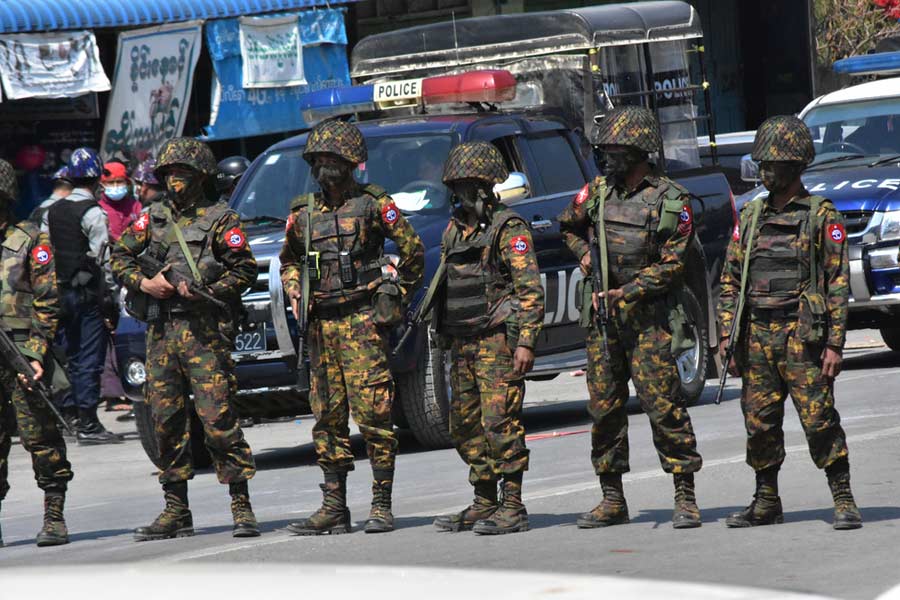 |
Waiting for ripe mangoes, mango juice, mango chutney or aampora sherbet to beat the summer heat? Here?s something for you to savour.
For the first time in years, mangoes are poised to reach the Calcutta market ahead of schedule.
Merchants in Mechhua, the largest wholesale fruit market in eastern India, expect the Bengal variety of mangoes to hit the market by the last week of April, about a fortnight before other years.
Mango buds, in fact, have started blooming from mid-January this year, also a fortnight ahead of norm.
Experts in the state food processing and horticulture corporation have predicted that Bengal, Bihar, Uttar Pradesh and Orissa will have a ?bumper mango production? in this ?on? year.
So, this should be the year when 70 to 80 truckloads of mango trundle into the Mechhua market every day, each piled with nine tonnes of fruit. In an ?off? year, just 10 to 15 trucks arrive daily, according to Iftakhar Alam, secretary of the Calcutta Fruit Merchants? Association. In a good season, the city consumes 112,320 tonnes of mango.
Apart from the local supply of Langra, Himsagar and Bombai from Malda, Murshidabad and North 24-Parganas, Calcutta also gets a glut of Langra from Uttar Pradesh, Bihar and Orissa, Chausa and Dusseri from Uttar Pradesh, Alfanso from Maharashtra, Gulabkhas, Perkulmal and Beganphuli from Andhra Pradesh.
Alam expresses the common Calcutta sentiment ? Langra and Himsagar are favourites.
?Alfanso, the most expensive mango, is a luxury variety and its market is very limited in Calcutta,? he adds.
According to a deputy director of the state agriculture marketing department, Bengal produces 5.85 lakh metric tonnes of mango in an ?on? year. This time, production could peak, with 6.5 lakh tonnes billed to hit the market.
Alam pegs the average price of mango at around Rs 20 a kg this season. Quality Langra and Himsagar, which varied between Rs 40 and Rs 45 last year, are expected to cost Rs 30 to Rs 40 a kg.
Calcutta?s daily consumption between May and July adds up to a million tonnes, and counting. But the local consumption is not just what the mango machinery is eyeing. Malaysia, Singapore and the UK are the export targets.
Subrata Basu, deputy manager of the state food processing and horticulture corporation, had sent a consignment of 14 tonnes of the Bengal variety of mangoes for the first time to London.
This time, the corporation aims to despatch 200 tonnes of mango to London, Singapore, Hong Kong and Japan, with Amrapali, a new breed, added to the export list.
Prior to despatch, the fruits will be sent to Malda?s packing house. After grading and sorting, semi-ripe mangoes will undergo hot-water treatment, before being packed off for export.











